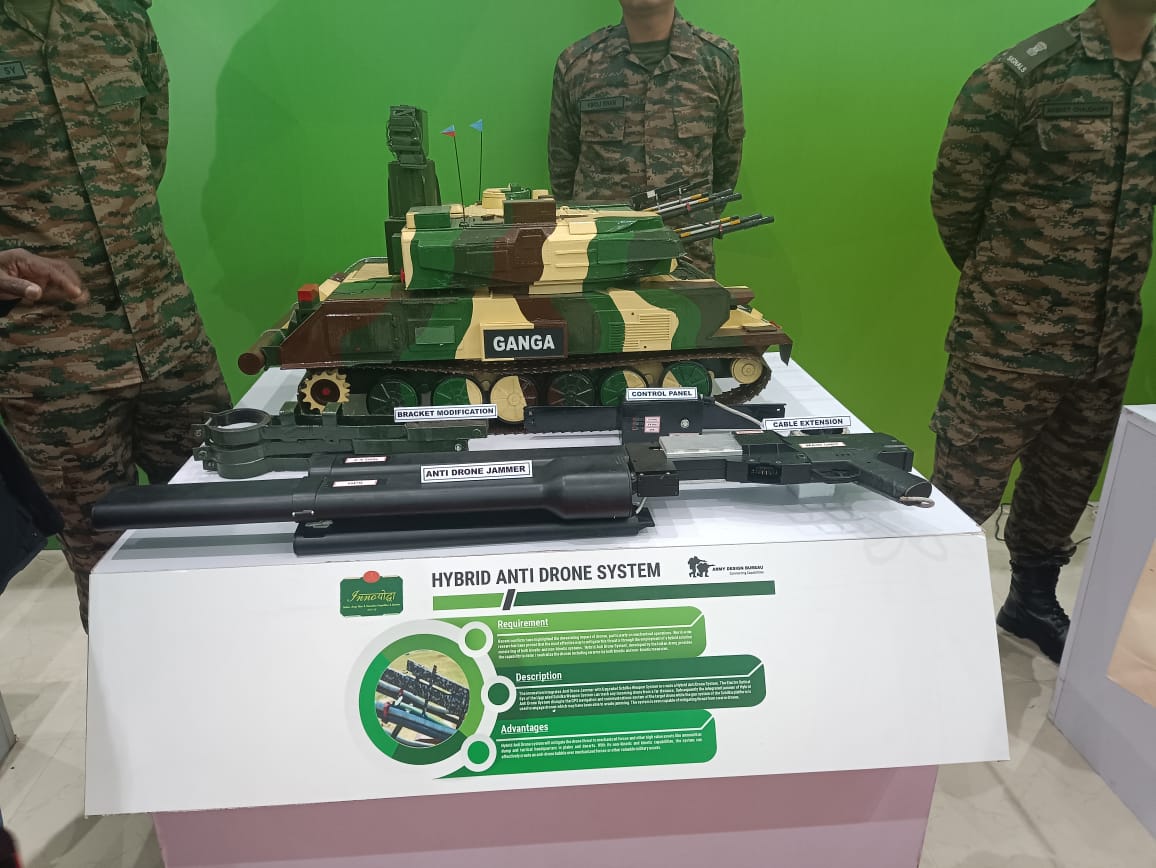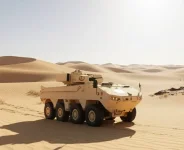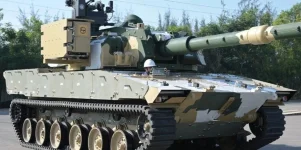- Views: 1K
- Replies: 7

The Indian Army has announced a groundbreaking shift in its approach to weapons development, moving away from centralized operations by decentralizing its Army Design Bureau (ADB).
The focus now will be on creating specialized cells throughout the country's various command headquarters to foster a more localized and responsive system of defence innovation.
Why the Change?
Established in 2016, the ADB previously operated exclusively from New Delhi. This centralized structure is undergoing a strategic revamp, designed to leverage the diverse expertise of Indian Army personnel stationed across the country's vastly different operational environments.This new structure grants regional command-level personnel within the ADB a more significant role in the crucial process of brainstorming and identifying weapon requirements tailored to their specific needs.
The Indian Army expects this localized approach to result in more effective and relevant technological solutions compared to the prior, centralized system.
Advantages of Decentralization
The Indian Army's move toward a decentralized ADB offers several key advantages:- Harnessing Regional Expertise: The soldiers stationed at India's different regional commands have unique and valuable insights. They possess firsthand knowledge of the specific terrains, climates, and operational challenges faced in those regions. This knowledge will be invaluable to the ADB, ensuring they develop solutions directly addressing local requirements.
- Enhanced Brainstorming and Innovation: By involving regional commands in the ideation process, the ADB opens itself to a wider range of perspectives and problem-solving approaches tailored to specific needs. This is likely to increase innovation and lead to the development of more effective and relevant equipment.
- Faster Response Times and Efficiency: A decentralized approach has the potential to streamline the development process. Regional teams can identify and prioritize local needs rapidly, allowing the ADB to address critical issues with more agility than a centralized system might allow.
Conclusion
The Indian Army's decentralization of its Army Design Bureau signals a forward-thinking strategy aimed at optimizing its weapons development.This shift from a top-down model towards one deeply rooted in regional knowledge and experience could significantly impact India's defence capabilities.
By empowering local expertise to drive technological solutions, the country stands to bolster its military preparedness in ways more relevant and responsive to the diverse challenges its forces may face.


